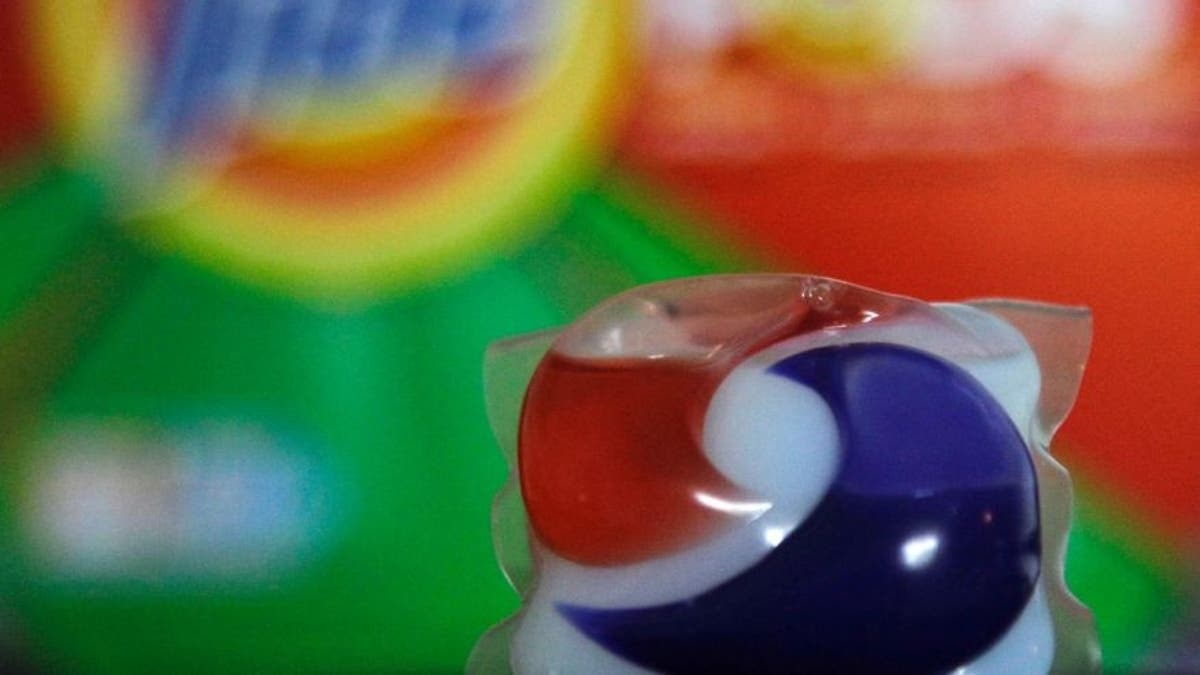
(AP)
Eye injuries in children due to laundry detergent packets jumped 30 percent from 2012 to 2015, a new study found, with more than 1,200 3- and 4-year-olds experiencing chemical burns in that time period. The study, published Thursday in JAMA Ophthalmology, focused on single-dose detergent packs which first appeared on the market in 2012.
“Each pod consists of a detergent mixture wrapped in a water-soluble film, made up of a proprietary polyvinyl alcohol polymer,” Eric Moorhead, president and principal scientist of Good Chemistry LLC, told Fox 43. “The liquid detergent in the pods is not the same as regular liquid detergent. It has a higher concentration of surfactants, chemicals that are responsible for stain removal.”
The study found that children can injured themselves when the packets break and the liquid squirts into one or both eyes, or when the contents leak onto the children’s hands and they then rub their eyes. Some children may even be subject to long-term damage because of the severity of an alkaline burn, the study reported.
“They penetrate deeper, they burn faster, and they are more caustic to the tissues in the eye itself,” Dr. R. Sterling Harling, the study’s lead researcher told Fox 43. “We’d done another study a few months ago that showed that small children are at highest risk for all types of chemical ocular burns, and that kind of flew in the face of conventional wisdom. They always thought that working-age men were the highest risk group: working in factories, splashing chemical in their eyes.”
In response to the published report, the American Cleaning Institute (ACI) issued a statement on their commitment to reducing the number of incidents with these products.
“It is important to note that, by the end of 2016, more than 99 percent of the volume of liquid laundry packets being shipped to retailers were in compliance with the ASTM standard," the statement said. "ASTM International has a process in place to examine data from 2017 (post-standard) to determine the impact of these measures on the rate of accidents."
The study found children are most at risk because the pods are mistaken for candy or a toy. Experts cautioned parents to store pods in places not easily accessible to children, and to immediately irrigate the eye and seek medical attention should exposure occur.
